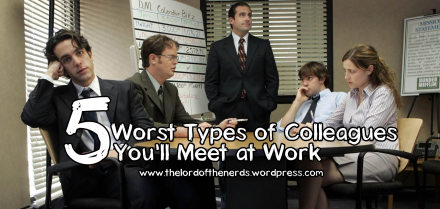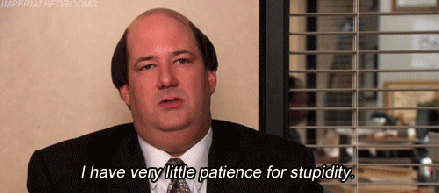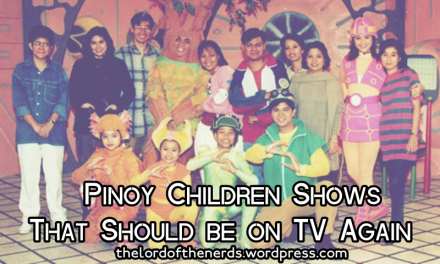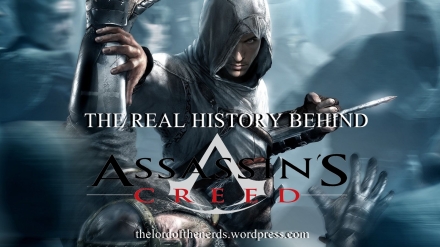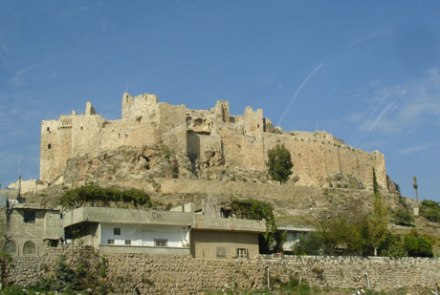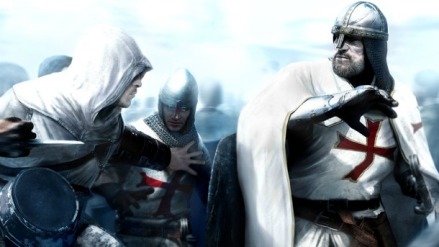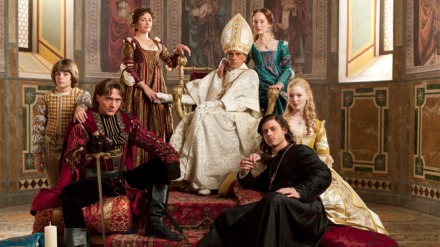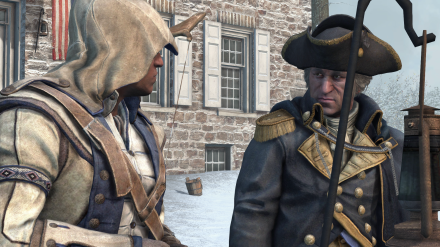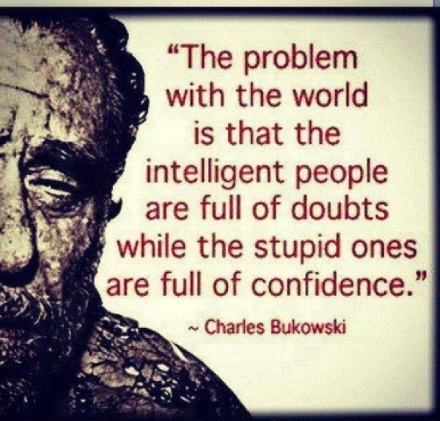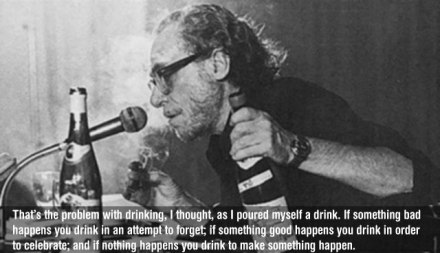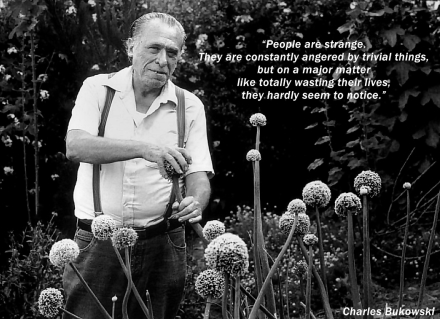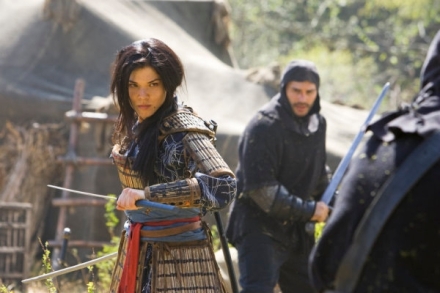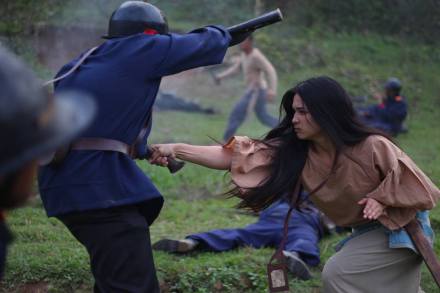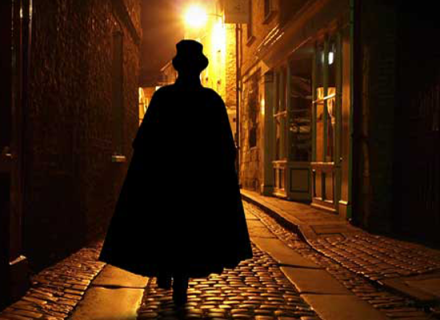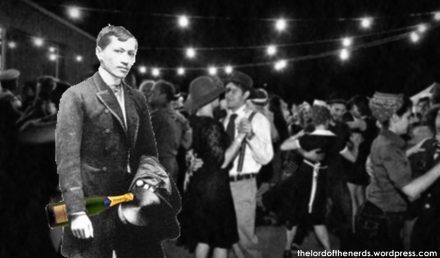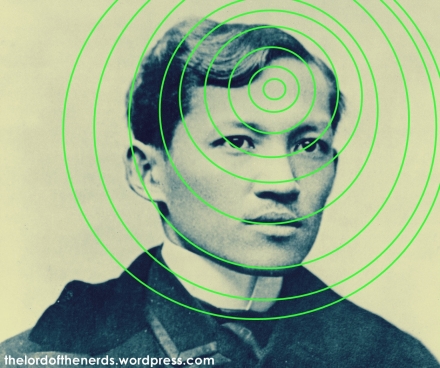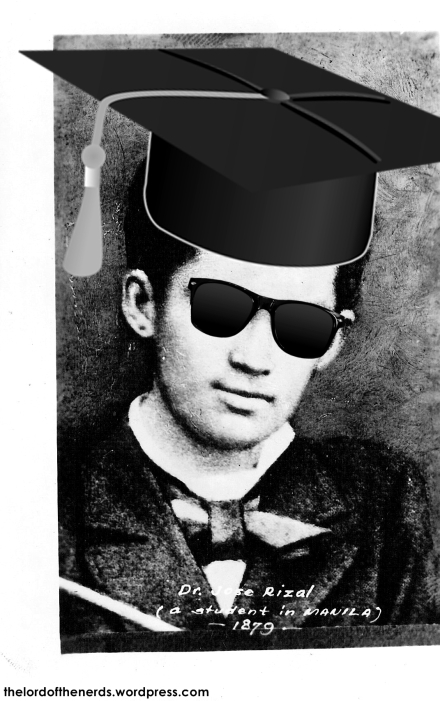Ever since I was a kid, I have been fascinated by great classical composers. But aside from their magnificent compositions and their contribution to the world of music, what interests me the most about these musical geniuses are their life stories; especially the story of Wolfgang Amadeus Mozart, the greatest composer the world has ever seen.
The Man
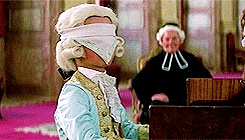
Wolfgang Amadeus Mozart was born in Salzburg, Austria on January 27, 1756. He was baptized as Johannes Chrysostomus Wolfgangus Theophilus Mozart. He added the Italian name “Amadeo” later in his life. He was born in a family of musicians and his father Leopold, an accomplished violinist, was mostly responsible for bringing out his musical genius at a very young age. His mother Anna Maria and sister Maria Anna “Nannerl” often called him “Wolferl”. His childhood was mostly spent travelling all across Europe, performing and dazzling royalties here and there. Historical accounts of Mozart’s performances say that he leaves his audience’s jaws hanging at the sight of his genius. After all, in 1760’s Vienna, how often do you see a five year old child play a very complicated piece of music blindfolded, right? Even if we are to witness that kind of talent today, we’ll also be amazed. As he grew up, Mozart became very aware of his abilities that sometimes, he came off as arrogant and pompous to other composers. Most of them probably just felt threatened but it was highly evident in Wolfgang’s actions that he regards his talents as exceptional and therefore he should be allowed to share it to the rest of the world. So, despite his father’s protest and to the disappointment of the archbishop who Mozart claimed treated him like a servant, he ventured out to Vienna where he found his real audience and the love of his life, Contanze Weber. He remained in the city of Vienna, composing operas for Emperor Joseph II and the rest of the aristocrats. According to those who knew him so well, he was a witty, clever individual with a kind – hearted soul who loves to laugh and making practical jokes.
The Genius

At the tender age of four, Mozart was already considered an accomplished pianist. At the age of five, he was already performing private concerts for royalties, doing tricks like playing the piano blindfolded or with a handkerchief covering his hands. When he was about three years old, his father found him scribbling something on the concrete floor. Leopold asked him what it is he’s writing and the clever young genius replied with “a concerto!” and indeed it was a legitimate concerto that can only be written by an accomplished musician. At six he began composing, writing his first symphonies at the age of eight. He was constantly traveling all over Europe with his father and his sister Nannerl.

At the age of 17, he was already appointed as the assistant concertmaster to the Archbishop whom he despised for treating him like a lowly servant. At age 21, he travelled to Paris and many different parts of Europe, accepting commissions for compositions as well as playing at concerts. He went back to Salzburg when his mother fell ill and died while accompanying him in his tour. Once again, he became a “servant” to the archbishop that he detested so much. When the archbishop went to Vienna, he was ordered to come and play for the coronation of Emperor Joseph. Seeing that Vienna is the home of musicians, he demanded to stay there and resigned from his post as concert master. There, the emperor commissioned him to make operas for him. Therefore, starting his career as one of Vienna’s leading composers.
The Music
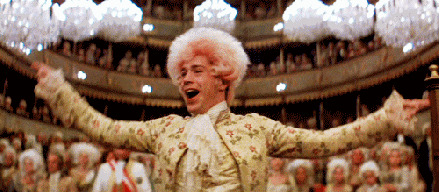
In his lifetime, Mozart wrote more than 600 pieces of symphonies, operas and concertos in his short life. He is probably the only composer in history who has written music in every genre of his time. Mozart wrote mostly for royalties, especially for the Emperor Joseph II where he composed most of his masterpieces for. Experts describe Mozart’s music as timeless pieces of music, especially his works such as the last ten string quartets, the string quintets, and the Quintet for clarinet and strings; the Mass in C minor and the unfinished Requiem; the Serenade for thirteen wind instruments, the Clarinet concerto, the late piano concertos, and the last six symphonies. Mozart’s more than twenty piano concertos remain to be an epitome of the classic concerto form. His concertos begin with an elaborate sonata form first movement followed by a melodious second movement, and he finished it off with rapid and engaging rondo as in the Piano Concerto no. 22 in E-flat. My most favorite Mozart symphony, Eine Kleine Nachtmusik is one of the most recognizable tunes in the world today though not a lot of people know it was Mozart who composed it. Speaking of Mozart’s compositions, it was him who made the popular tune of ‘Twinkle Twinkle Little Star” and “The Alphabet Song”. The tune was his original composition entitled “Je, Maman” which he made in Paris. Mozart’s symphonies are all so infused with a passion and expressiveness unheard of in symphonic writing until the existence of Ludwig Van Beethoven. His operas such as The Magic Flute and Don Giovanni are regarded as his best works that helped shaped the music of the generation that succeeded his.
The Mystery
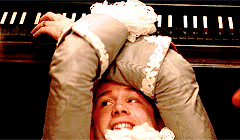
Probably the worst tragedy in music history is the day Wolfgang Amadeus Mozart died. On December 5, 1791, after battling a strange illness that caused him so much pain, Mozart went unconscious and did not awoke. He was only 35 years old. It was said that he grew distant and depressed after having so many debts at that time since the Aristocrats did not support the music and the arts because of the Turkish War. He was with his wife Contanze and sister-in-law Sophie when he died. They were so broke that Contanze couldn’t afford to give his husband the rightful funeral he so deserves. Mozart’s body was buried in an unmarked mass grave and up until now, no one knows where his body is buried. The cause of death is a mystery since no one knew what was wrong with him. A rumor sparked about him being poisoned by Antonio Salieri, his musical rival who vowed to do anything to protect his post. However, it was not proven if Salieri did kill his rival or if it was just a rumor. Still, for Mozart to have died so young and in so much pain despite his prominence at that time is truly a tragedy.

He may be gone but the fact that his music still lives on 200 years later after his death proves that he truly is the greatest composer of the classical era and there’s no other musical genius, before or since, quite like Wolfgang Amadeus Mozart.


